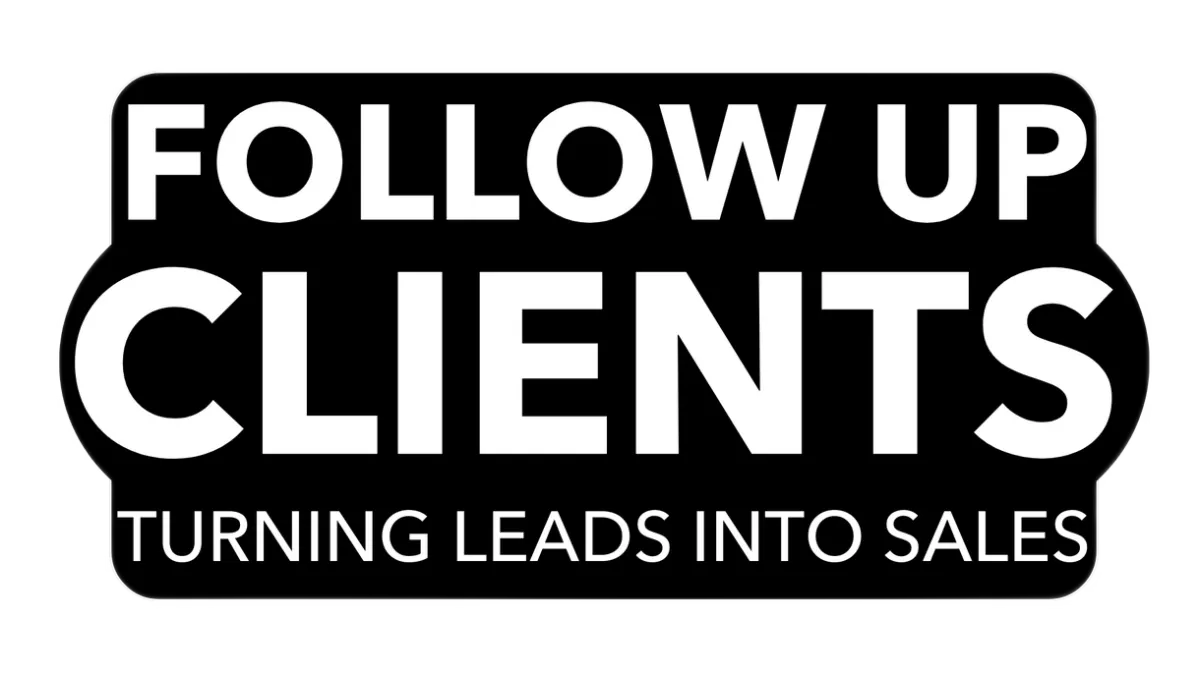Blog

The Ultimate Guide to Building a Winning Digital Marketing Strategy
In today’s competitive landscape, having a well-defined digital marketing strategy is essential for success. A strategic approach ensures that your efforts are focused, measurable, and aligned with your business goals. This guide explores the key components of a winning digital marketing plan.
Understand Your Target Audience
To craft a strategy that works, you need to start by understanding your audience. Dive deep into researching their demographics, interests, and behaviors to uncover what matters most to them. Identify their preferences, pain points, and challenges they face in your industry. This insight will help you create detailed customer personas that guide your marketing efforts. By tailoring your messaging to resonate with their needs, you’ll build stronger connections and drive better results. Remember, the more you know about your audience, the more effective your strategy will be.

Set Clear and Measurable Goals
Define clear objectives to guide your marketing efforts, such as increasing website traffic, boosting conversions, or growing social media engagement. Setting specific and focused goals ensures your strategy has direction and purpose. Make sure your objectives are SMART: Specific, Measurable, Achievable, Relevant, and Time-bound. For example, instead of “increase traffic,” aim for “increase website visitors by 20% in three months.” SMART goals help track progress and make adjustments easier. With well-defined targets, you can ensure your strategy stays effective and results-driven.
Choose the Right Marketing Channels
Not every marketing channel is a perfect fit for every business. To maximize your efforts, assess whether channels like SEO, email marketing, PPC, or social media align with your target audience and objectives. For example, if your audience spends time on Instagram, focus on creating engaging visual content. If you aim to drive immediate traffic, PPC campaigns might be the best choice. Analyze where your audience engages most and prioritize those platforms. By selecting the right channels, you’ll reach your audience more effectively and achieve better results.
Create High-Quality Content
Content is king in digital marketing and the backbone of successful strategies. Create engaging blogs, videos, and infographics that address your audience’s needs and interests. High-quality content builds trust and keeps your audience coming back for more. Optimize your content for SEO by using relevant keywords, compelling headlines, and clear meta descriptions. Ensure your content is easy to consume and share across different platforms. When done right, valuable content not only attracts but also converts and retains customers.

Measure and Adjust Regularly
Analytics tools are essential for monitoring the performance of your marketing efforts. Use them to track key metrics like traffic, engagement, and conversion rates. By analyzing this data, you can identify what’s working and what needs improvement. Make data-driven adjustments to refine your strategy and optimize results. Regular performance reviews help you stay agile and aligned with your goals. With the right insights, you can continually enhance your marketing approach for greater success.
Getting Leads (Lead Generation)
Turn strangers into prospects by strategically attracting attention and capturing contact information.
Identify Your Target Audience
• Understand their needs, pain points, and behaviors.
• Know where they spend time online (social platforms, websites, forums, etc.).
Create Compelling Content
• Develop high-value content like blog posts, ebooks, videos, and guides.
• Focus on solving problems and answering questions your audience has.
Use Various Marketing Channels
• Leverage social media, email campaigns, paid ads, and content syndication.
• Go where your audience already is.
Offer Valuable Incentives
• Provide free resources like checklists, trials, or downloadable content in exchange for contact details.
Track Your Efforts
• Monitor key metrics: website traffic, email open/click rates, social media engagement.
• Use analytics to optimize your strategy.
Nurturing Leads
Build trust and relationships with your leads through consistent and relevant engagement.
Segment Your Leads
• Organize leads by interests, behaviors, or position in the sales funnel.
Personalize Your Communication
• Send tailored messages based on their needs and actions.
Provide Valuable Content
• Keep them engaged with relevant info, educational material, and updates that address their pain points.
Use Multiple Communication Channels
• Reach out through email, social media, phone, and SMS for more touchpoints.
Track Your Progress
• Measure engagement, follow-ups, and conversions to understand what’s working.
Following Up
Stay top of mind and guide your leads toward becoming loyal customers.
Respond Promptly
• Fast replies help maintain engagement and build trust.
Set Up a Follow-Up Schedule
• Create an automated or manual system to ensure consistent follow-up.
Use Multiple Communication Channels
• Follow up via email, social media, phone calls, or text, depending on the lead’s preference.
Personalize Your Follow-Up Messages
• Reference previous interactions to make your messages more relevant.
Qualify Your Leads
• Focus on leads most likely to convert using lead scoring and behavioral tracking.
Track Your Follow-Up Efforts
• Monitor effectiveness, adjust timing and frequency as needed for better results.
Quick Links
Home
Help Center
Book a Demo
Connect
© {{location.name}} {{right_now.year}}
All Rights Reserved
